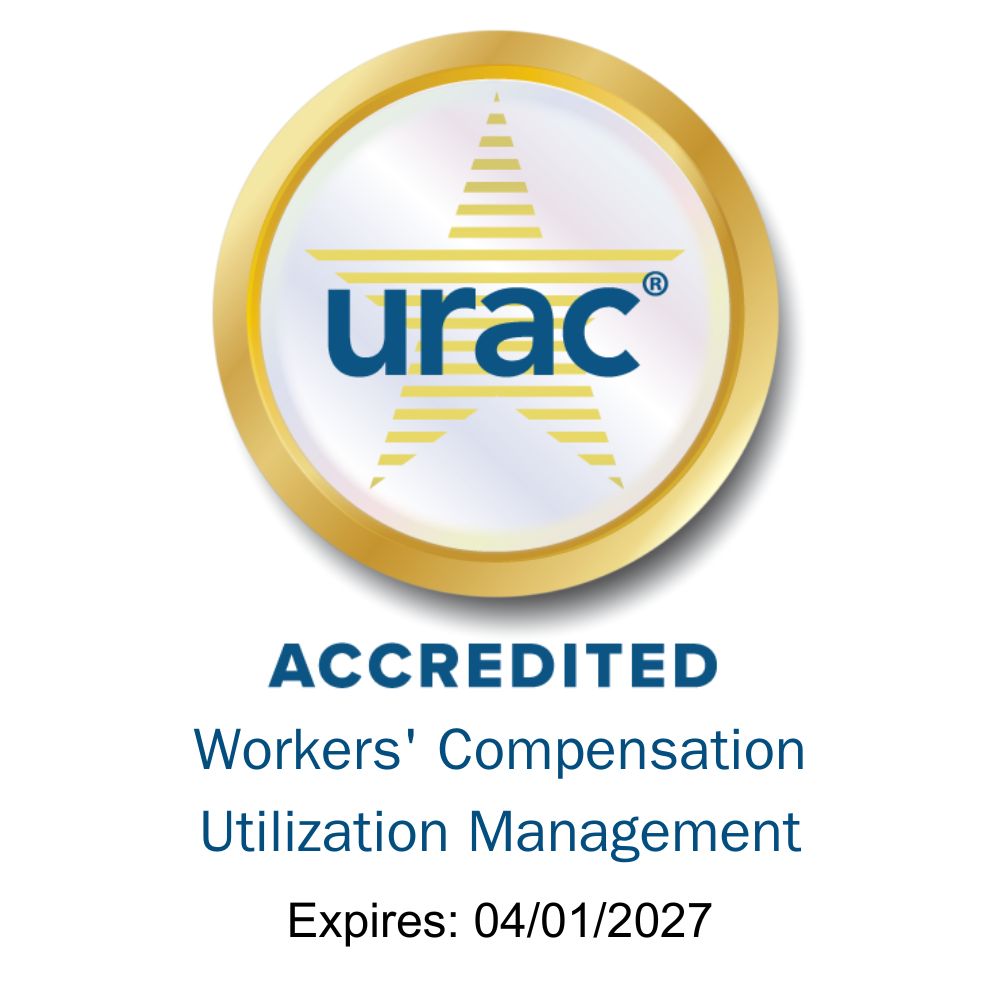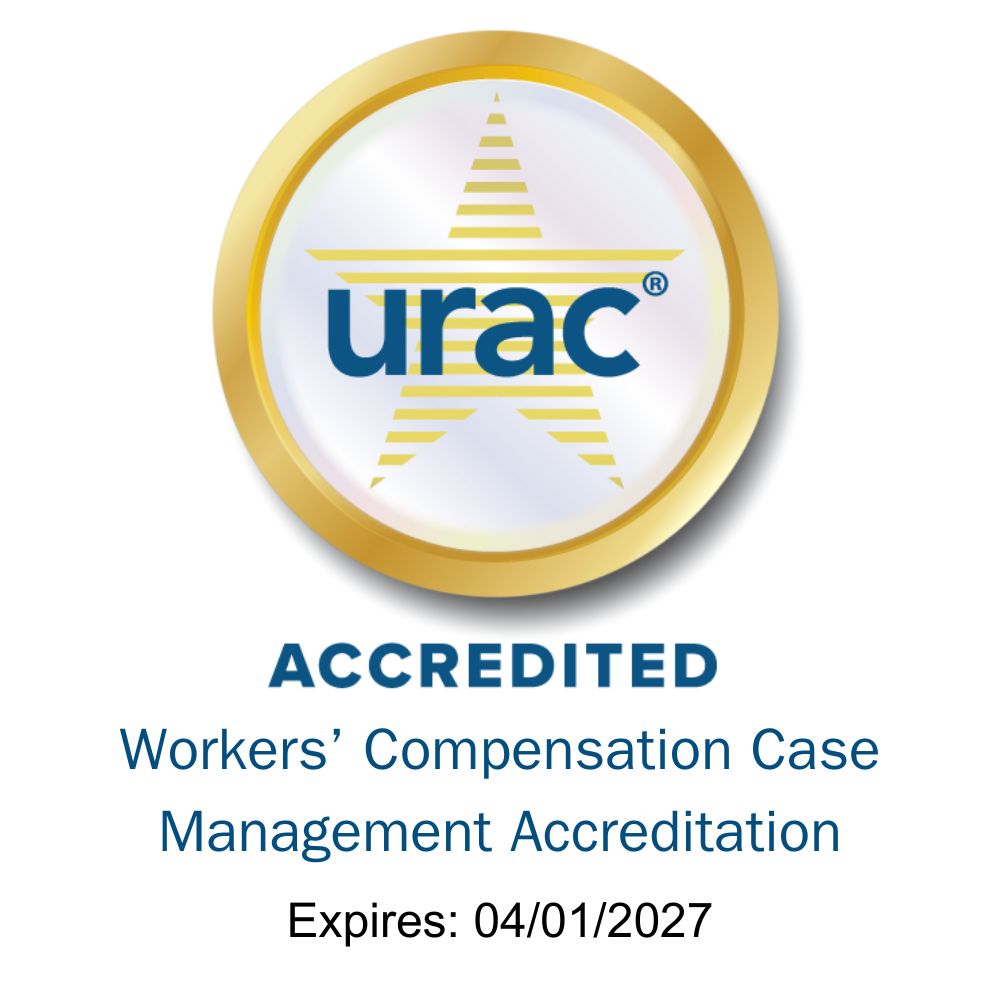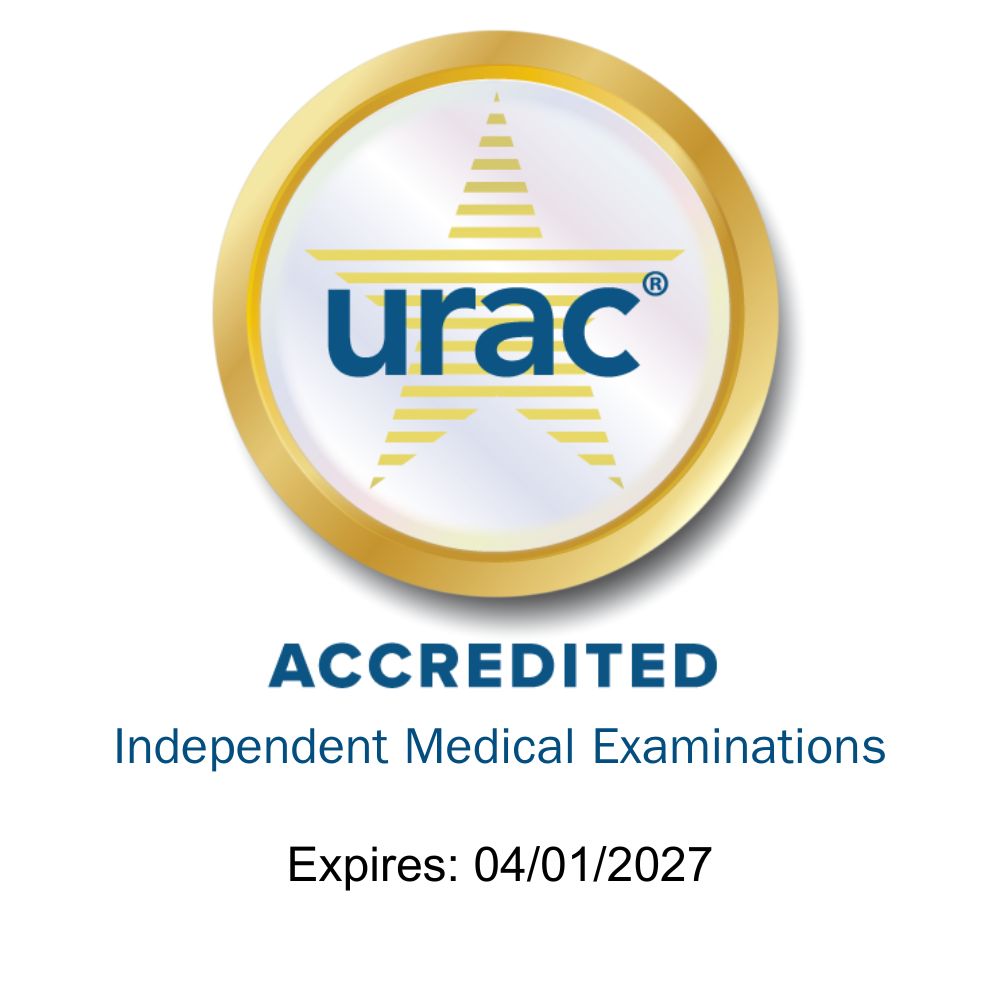The Sounding Board recently met with Kate Farley-Agee, our Vice President of Network Products at Coventry, and Tammy Bradly, our Vice President of Clinical Product Development, to talk about the long-term effects that many people who contracted COVID-19 have reported.
SB: Where did this term “long COVID” come from?
KFA: From what we can tell someone used it as a hashtag on Twitter and it stuck. Suddenly that’s what it was called. Now the CDC has termed it “post-COVID conditions.”
SB: And it took a while for people to notice?
TB: Yes, definitely. In mid-2020 we saw a first wave of people who’d had COVID-19 and recovered, meaning they no longer had the virus, but many of them were not feeling “back to normal.” Some continued to feel fatigue, brain fog, headaches, anxiety, and had trouble sleeping. And remember at this time many people were feeling overwhelmed from financial worries, job upheaval from the shutdown, the political climate, home life, medical bills, and worry about the pandemic itself. So it was easy to attribute these symptoms to the stress of everyday life in the pandemic. However, we now know that between 27% and 33% of patients who had COVID-19 and did not need to be hospitalized later developed some form of long-haul COVID.
SB: At that point they would probably just go to their primary doctor, right?
KFA: Yes, or maybe their mental healthcare provider. That’s assuming they have one or the other, and of course many people don’t.
TB: Then other symptoms started showing up. And when you’re just one person, you or your doctor might not think they’re related to COVID. Once enough people started noticing and speaking up, however, the healthcare field started taking a broader look at what patients who suffered lasting symptoms had in common.
SB: What are some of the other symptoms?
TB: Loss of smell and taste are pretty common, with almost half of long haulers reporting it, but people are also reporting chest pain, dizzy spells, and shortness of breath, among other things. Some just feel generally weaker or more tired. They can also have inflammation in multiple organs, which is painful. Long haulers often don’t have all these symptoms, just some of them. It’s been difficult to diagnose because you can’t point to one or two things they all have in common—except having COVID-19. Even some people who had COVID but were asymptomatic at the time are reporting these after-effects now. In fact, there was a study that showed asymptomatic COVID patients were more likely to develop post-COVID conditions.
SB: What kinds of specialists do people end up seeing?
KFA: There’s data coming in now on long-term damage to your lungs, heart, kidneys, even your brain. Some people are going to pulmonologists, cardiologists, nephrologists, or neurologists. Depending on their symptoms, they might have a pulmonary function test, a CT scan, or a sleep test. They might be tested for renal function or thyroid function. We’re seeing aspects of long COVID now from so many angles.
SB: And now clinics are cropping up?
KFA: They are, yes. There are post-COVID care centers that your primary care physician can refer you to. By our own count, there are more than 150 across the U.S. now, often connected to a major hospital system. They have access to various specialties and diagnostics to detect and treat long COVID, from cardiology to physical therapy.
SB: There must be some big repercussions on the workforce from this.
TB: Right. It’s a comorbidity like obesity or depression. It can make recovery from other illnesses and injuries more difficult, and getting sick or injured can worsen long-COVID symptoms too. Many workers are finding it difficult to return to work as a result one or more post-COVID conditions such as chronic fatigue and pulmonary issues. We saw a spike in early retirement and long-term disability claims, because older workers were having a tough time recovering.
SB: Thank you for taking the time to discuss this important topic with the Sounding Board. If readers are interested in learning more, they can join Kate and Tammy for a one-hour webinar on Wednesday, July 21st on this same topic. During the webinar they’ll delve into long COVID and its implications for workers and employers.






